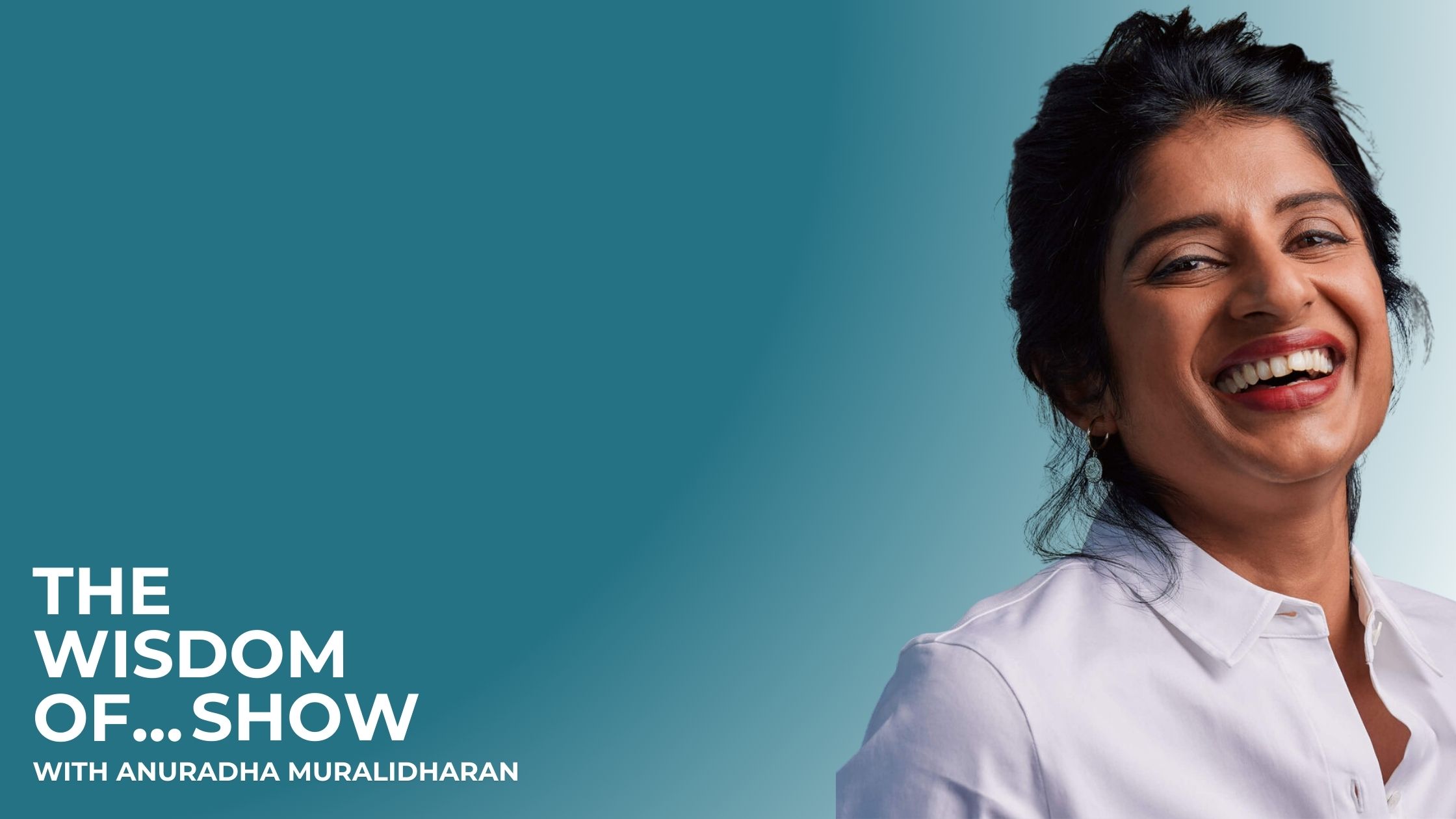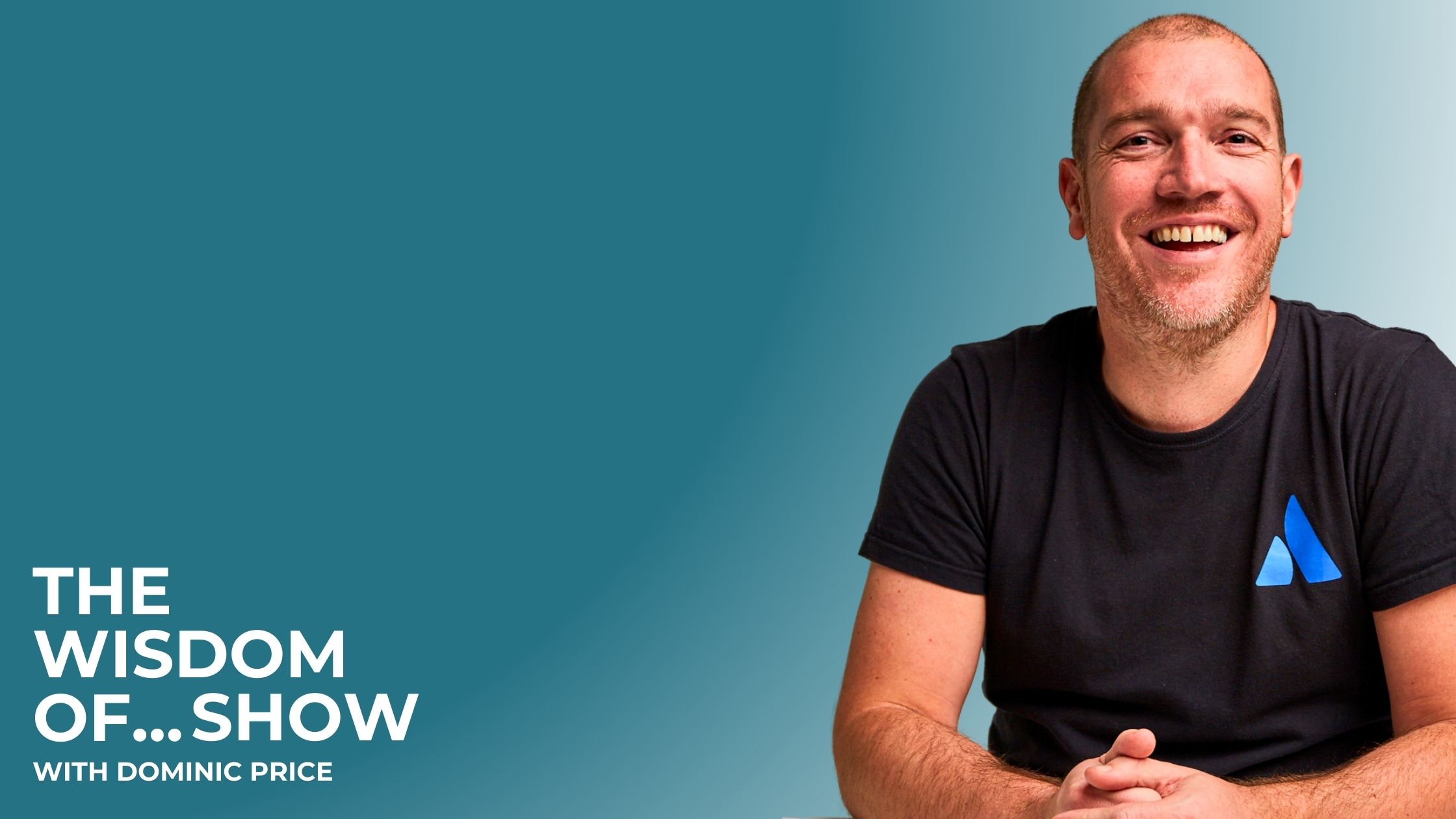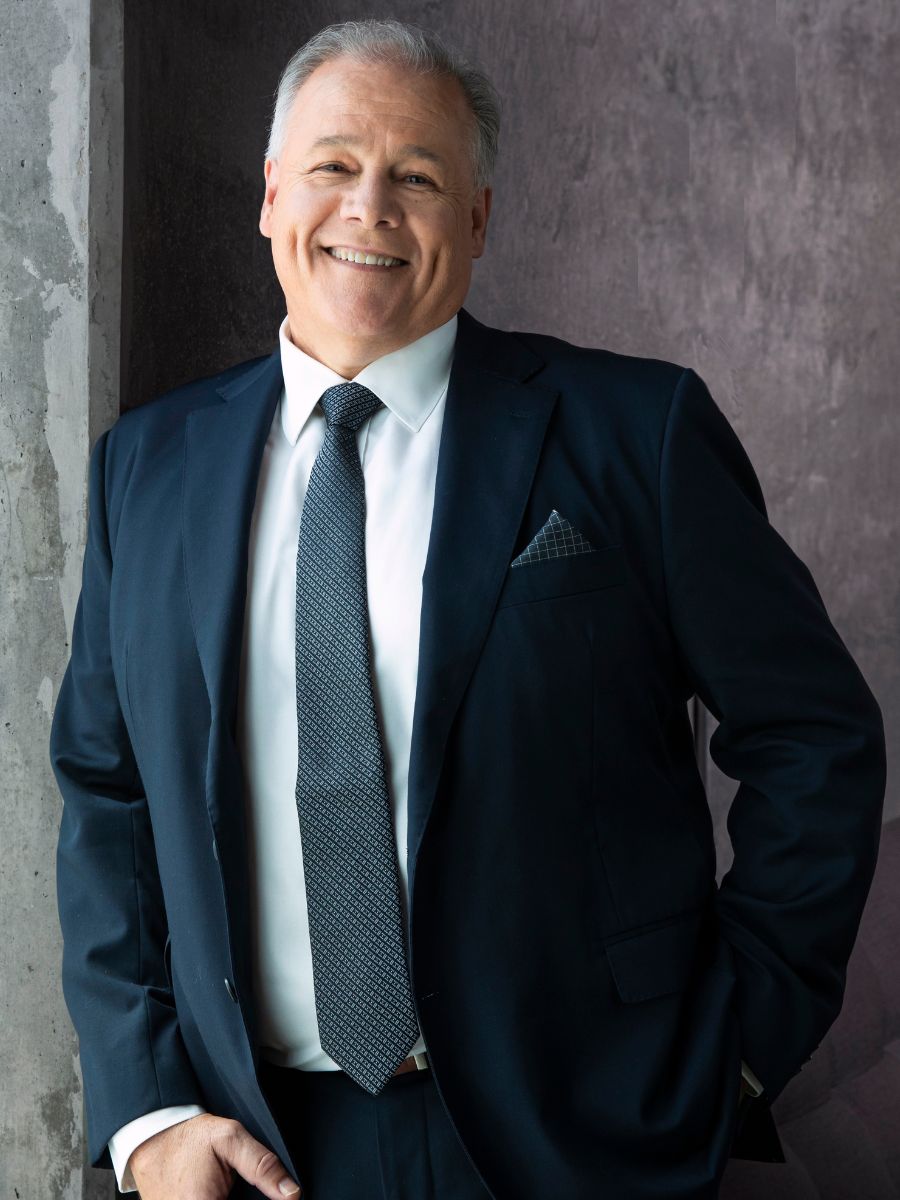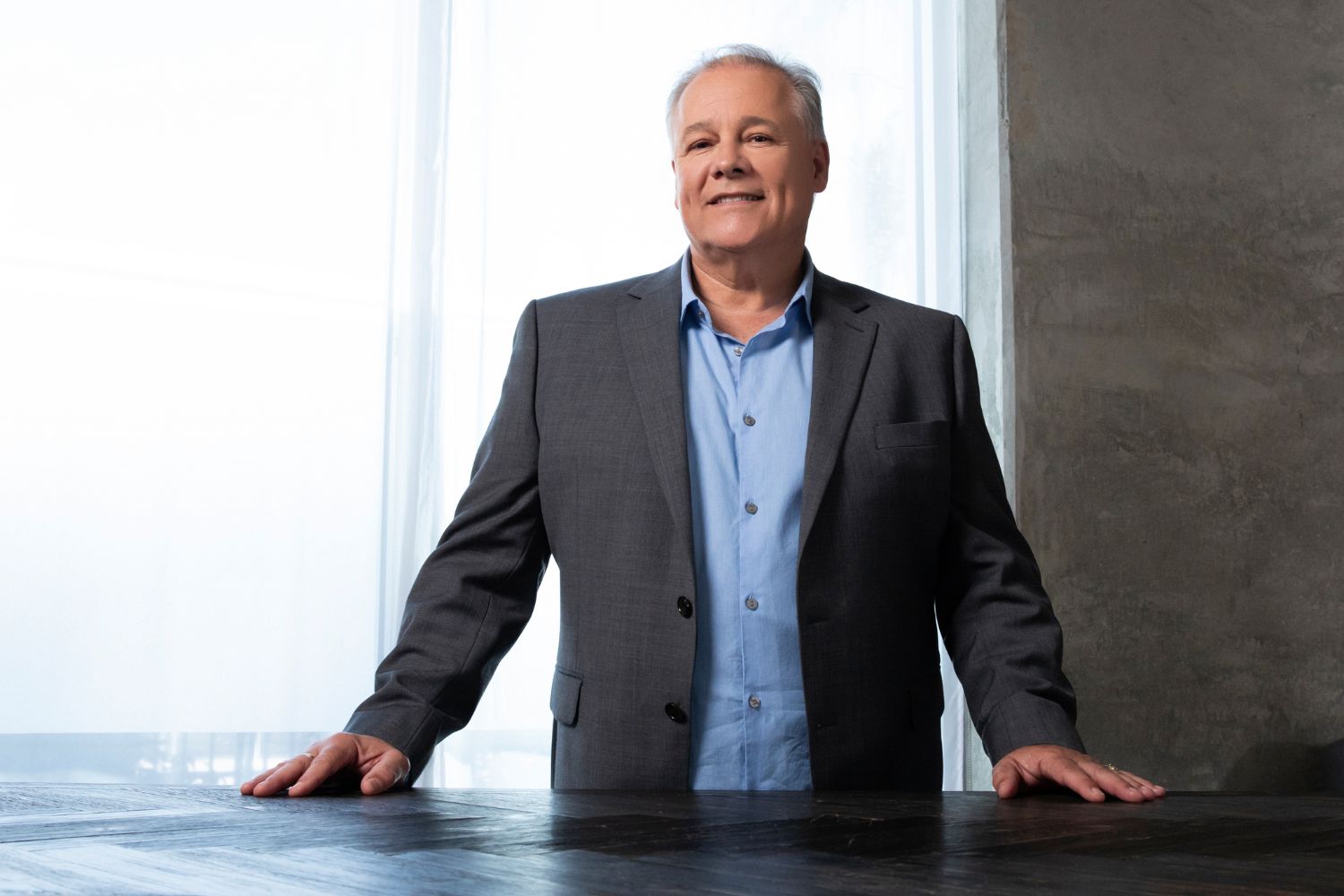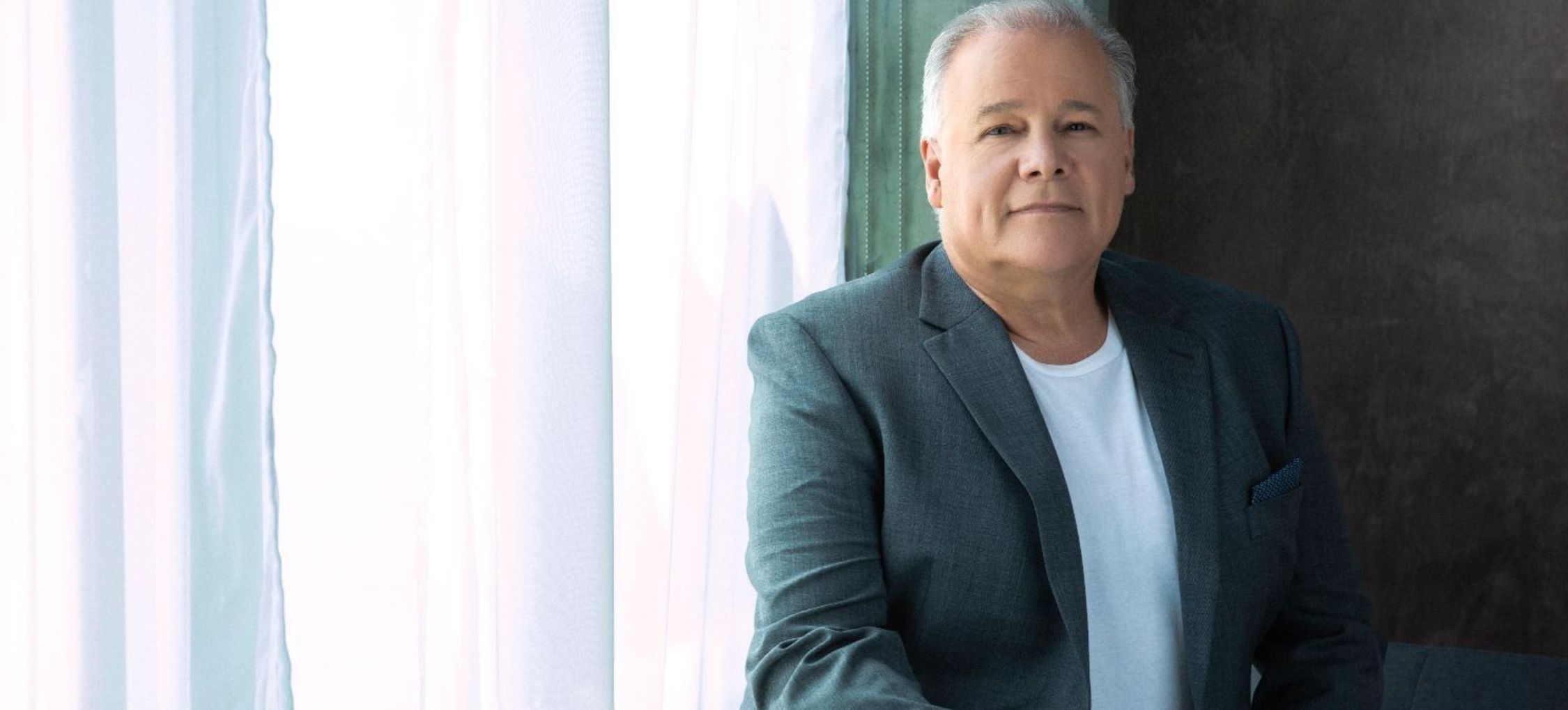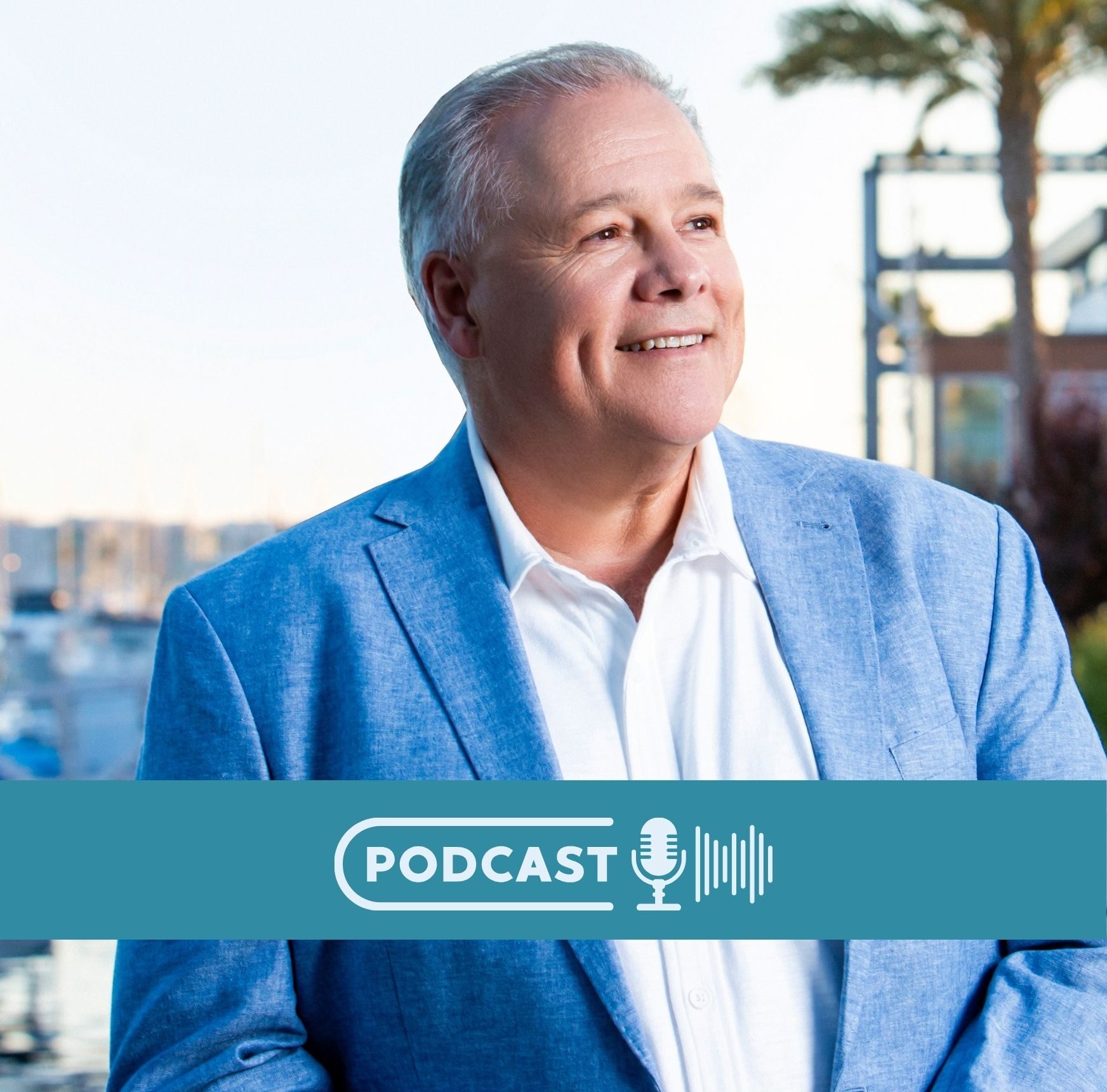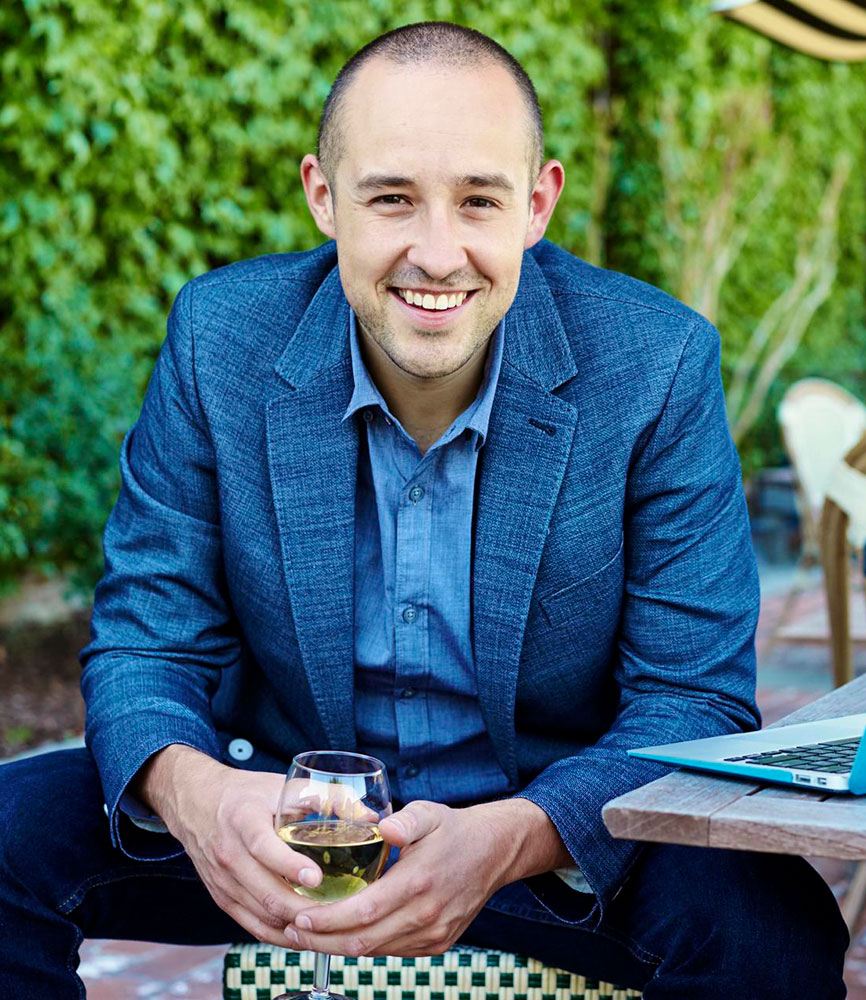In my years exploring the depths of organizational wisdom and the transformative power of visual models, I’ve recognized tension as an often misunderstood element at the heart of innovation and growth.
Far from being a barrier to progress, tension, when embraced and understood, becomes a profound catalyst for change, innovation, and even greatness. This understanding forms the core of what I teach and practice through the Models Method, a principle that resonates more deeply with me each day.
Tension, in its essence, is a signal.
It indicates the need for change, a whisper from the future urging us to evolve, adapt, and grow.
In every industry I’ve worked in, real power comes from organizational genius that challenges the status quo and dares to reimagine what’s possible. This reimagining, this quest for what lies beyond the current limits, is fueled by the tensions we often seek to avoid.
Great leaders who leave indelible marks on their organizations and the world do not shy away from tension.
They understand its value and its potential.
They know that within tension lies the seeds of groundbreaking innovations, paradigm shifts, and revolutionary change.
These leaders harness tension to question, challenge, and inspire their teams toward greatness.

The Models Method, the framework I’ve developed and championed, is predicated on this understanding. It uses visual models to contextualize and harness the genius within organizations, providing a language for the complexities and tensions inherent in any change process.
Through this method, leaders can visualize the challenges before them and the pathways through them, transforming tension from an obstacle into an opportunity.
Why, then, is tension so pivotal for transformative leadership?
Because it forces us out of complacency, it demands that we confront uncomfortable truths, questions long-held assumptions, and dare to envision a future distinct from the present.
Tension challenges us to be better, to think differently, and to innovate.
The greatest ideas are forged in the crucible of tension, and the most enduring changes are made.
Consider the most significant shifts in any industry or field. They didn’t arise from a place of comfort or a lack of challenge. They were born out of necessity, crises, and tensions that could no longer be ignored. They required leaders who could see beyond the immediate discomfort and leverage tension as a catalyst for creating something new and better.
Embracing tension as a catalyst for change means adopting a mindset that sees potential where others see problems. It means fostering an organizational culture that values inquiry, resilience, and the continuous pursuit of excellence. It means leading not by avoiding tension but by navigating it with wisdom, empathy, and a clear vision for the future.
In every challenge, in every moment of tension, there is an opportunity—an opportunity to redefine, innovate, and lead in previously unimaginable ways.
In a world thirsting for innovation and breakthroughs, this is the essence of the renaissance of wisdom we are experiencing, where the collective genius fueled by tension leads us to breakthroughs that redefine what is possible.
As leaders, our task is to harness this tension, to guide our teams through the uncertainties and challenges it presents, and to emerge on the other side not just unscathed but transformed.
We are called to be stewards of change, architects of the future, and champions of the collective genius that propels our organizations and world forward.
This is the power of tension in organizations. It’s not something to be feared or avoided but embraced as the catalyst for change, innovation, and greatness.
Remember that properly harnessed tension is a source of strength, a wellspring of innovation, and the key to unlocking our teams’ and organizations’ true potential.
All power to those who embrace the tension. They are the truest of leaders.
Join my weekly newsletter for more updates and inspiration. If you’re ready to speak about bringing more genius to your leadership, start by applying to work with me so we can get to know one another better.

